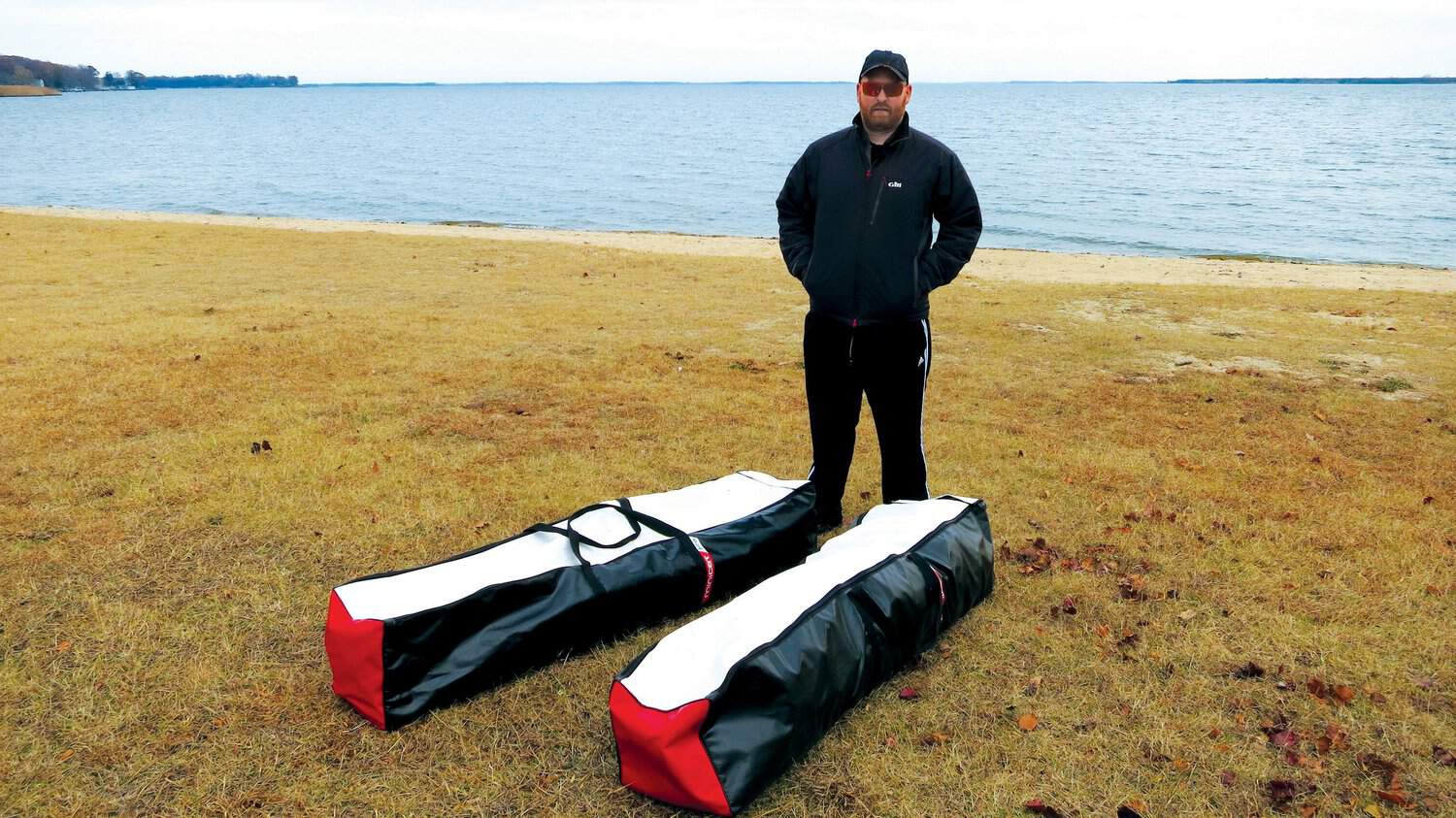by Jay Moore
Here’s what you need to know.
Sailboaters like to say, “If you haven’t run aground, you’re not sailing enough.” Powerboaters mostly live in denial regarding trouble on the water.
But both can agree on one thing—there’s nothing more comforting than those red and yellow strobe lights of a professional assistance mariner closing in at 20 knots with the expertise and gear to get you and your disabled vessel home.
Most disabled situations, such as a soft grounding, engine failure or fuel problem, are a greater threat to your wallet than to your crew or vessel. Uninsured towing rates float around $225 an hour. Annual premiums for the highest level of towing coverage are $200 or less. An average towing bill runs between $700 and $800. If you’re covered, you pay nothing. The largest U.S. towing insurance providers are TowBoatU.S. (red boat) and SeaTow (yellow boat).
Coverages typically include up to 50 miles of towing, soft grounding rescues, fuel drops and battery jumps. In the case of a hard grounding—where it is unsafe, impractical or otherwise unwise to pull the boat free—the project becomes a salvage operation and the tow vessel goes home. Your boat insurance becomes involved instead of your towing policy.
In a towing situation, what should you do and what can you expect?
First, take a deep breath:
- Calm yourself and everyone aboard.
- Make a quick assessment to determine if anyone is injured or the boat is taking on water.
- Make sure everyone is wearing a life jacket.
- Determine whether you’re in a marked channel or shipping lane.
- Assign someone to keep a lookout for approaching vessels.
- As soon as safe and practical, anchor with rode at least five times the water depth.
- If you’re adrift, try to determine direction and speed, which will help the responder calculate where you’ll be when the tow boat gets there.
- Prepare to signal approaching vessels, if necessary. A large dayglow flag in daylight, or a white flare or white strobe light work well at night.
- Determine your position.
- GPS lat/long coordinates are preferable. Otherwise, observe nearby aids to navigation (buoys, day marks, etc.), bridges or landmarks on a nearby shore.
- Be prepared to relay the condition of crew, vessel description, your position and your membership number when you call for towing assistance. Knowing your position is critical.
- Expect to wait at least an hour, probably more. KKK
- Keep your cell phone close by. The towing captain typically calls with an estimated time of arrival and again as the tow boat is approaching your vessel.
- Upon arrival, the towing captain will make an assessment, share the plan to get you moving and instruct you on how to help.
- If you’re anchored, you’ll have you raise your hook first.
- A retrievable shackle will be attached to the trailer eye of a smaller power boat. On larger vessels, a towing bridle with eyes on each leg will be passed to you.
- Set your rudder amidships and don’t try to steer unless asked.
- Tow is done at about five knots, slower if sea conditions require.
- Near your slip, your vessel may be moved “on the hip” for better close-quarters control. In this case, the tow boat comes along -side with its stern aft of yours. One line is passed over for your bow and two for your stern.
- To prepare for docking, hang fenders and have crew standing by with lines.
- Depending on your vessel’s size, you may be directed to steer to help in docking.
Most towing assistance calls leave the boat owner with more damage to pride or patience than to crew or vessel. The confidence you get from knowing towing coverage is there if you need it contributes considerably to having safer and happier days afloat.

—by Jay Moore
Captain Jay Moore holds a 100-ton U.S. Coast Guard master’s license with a commercial towing endorsement. He works under the TowBoatU.S. banner out of Portsmouth, Va., and also trains new boat owners on safety, boat-handling and navigation when he is not serving as a ferry-boat captain.



